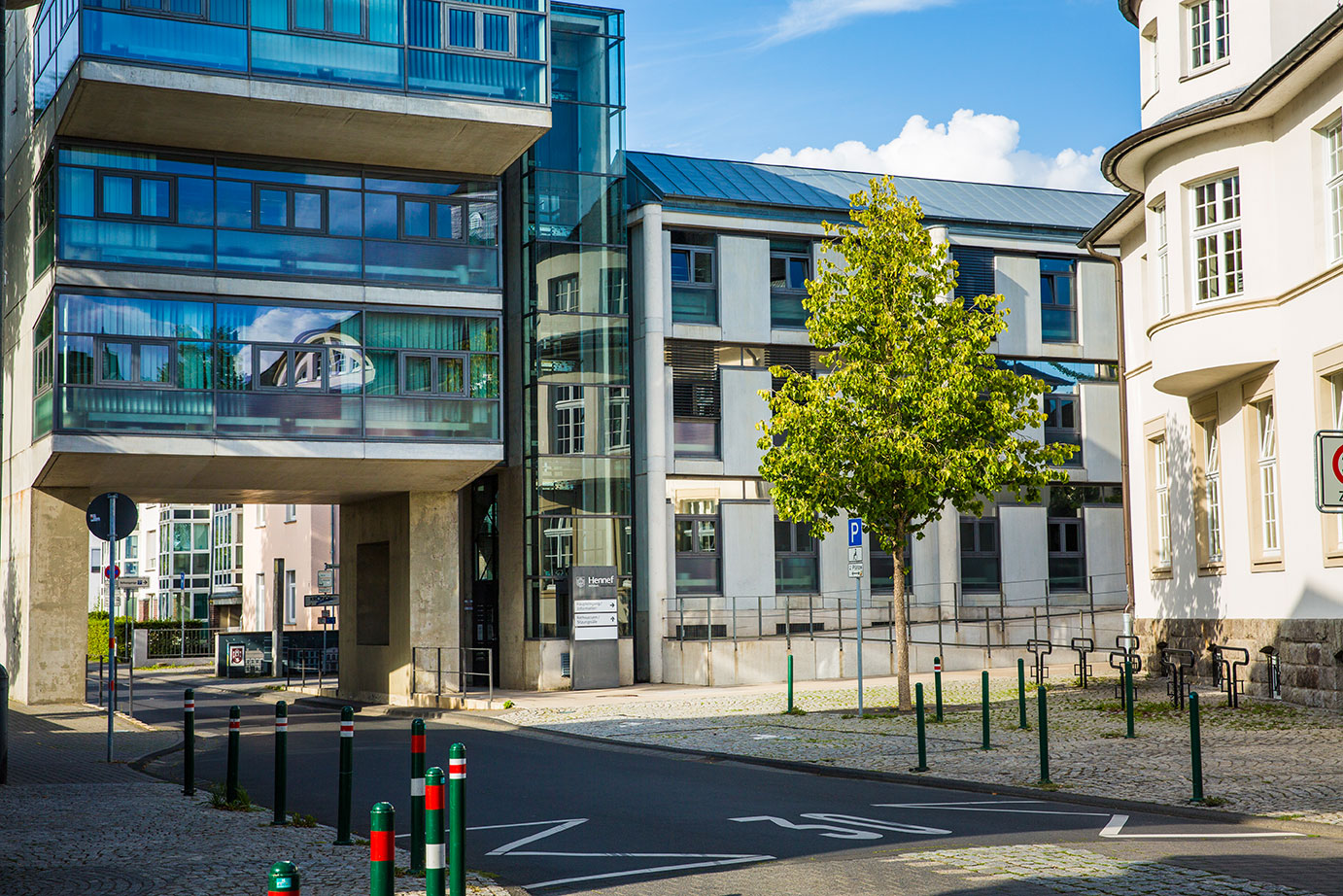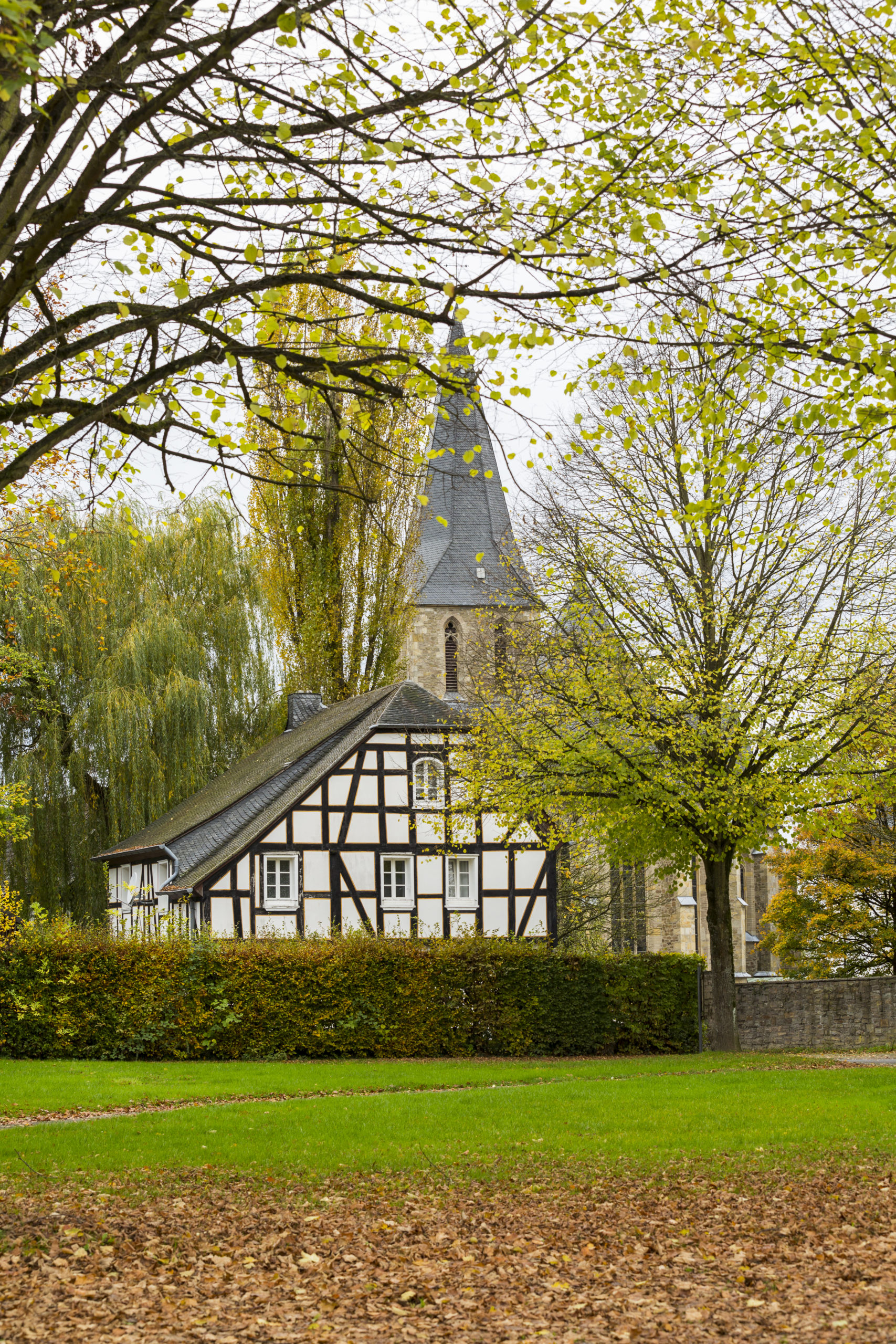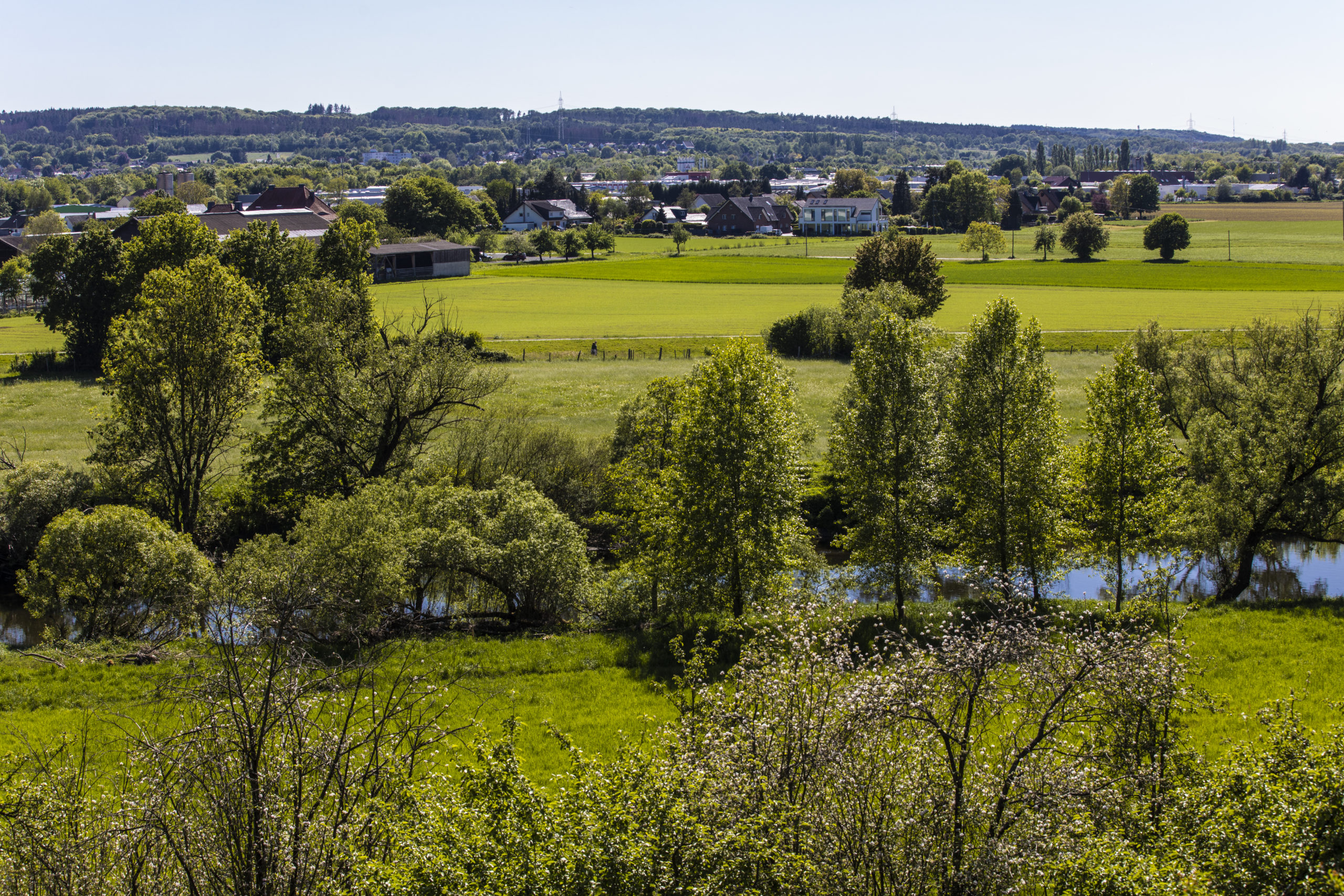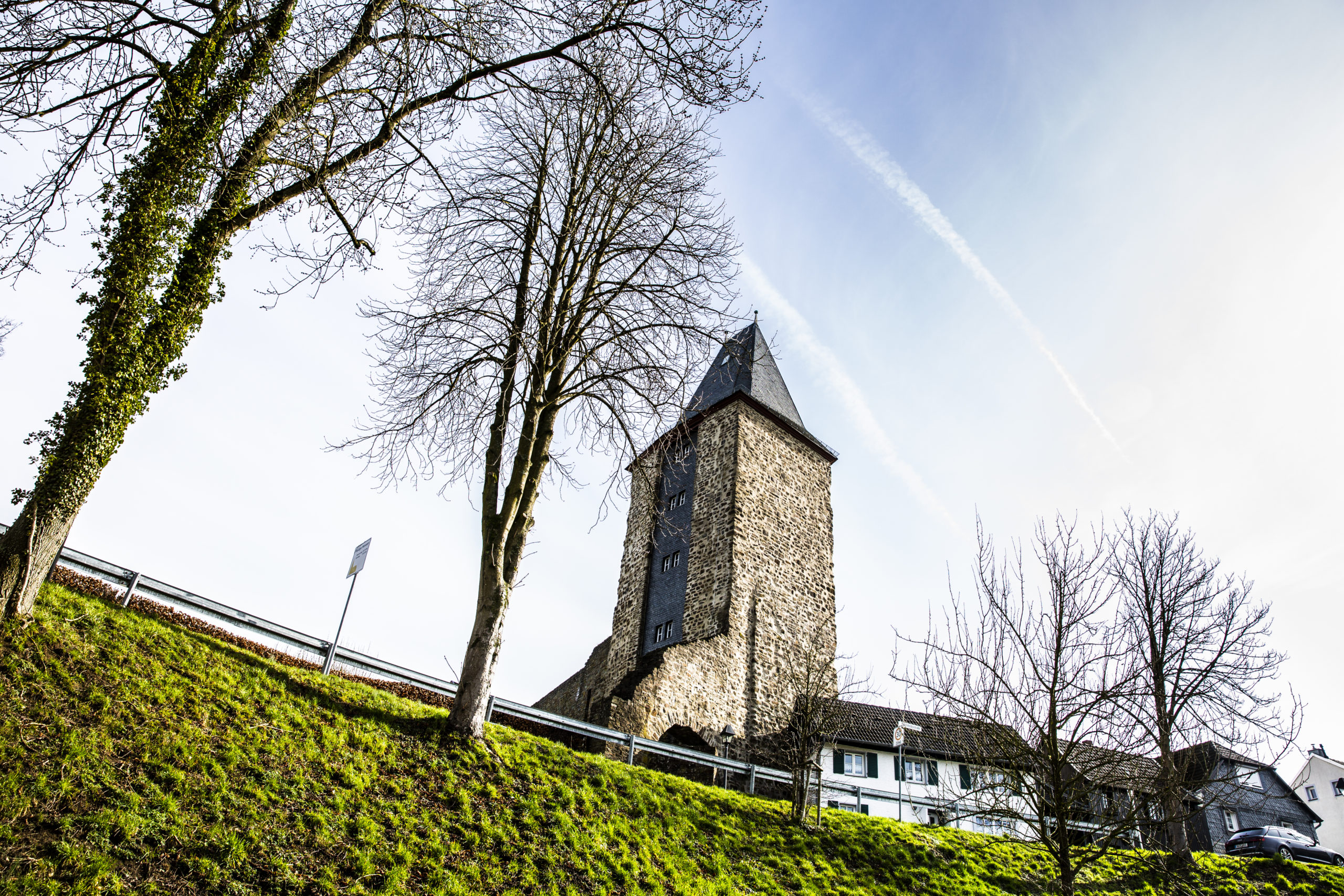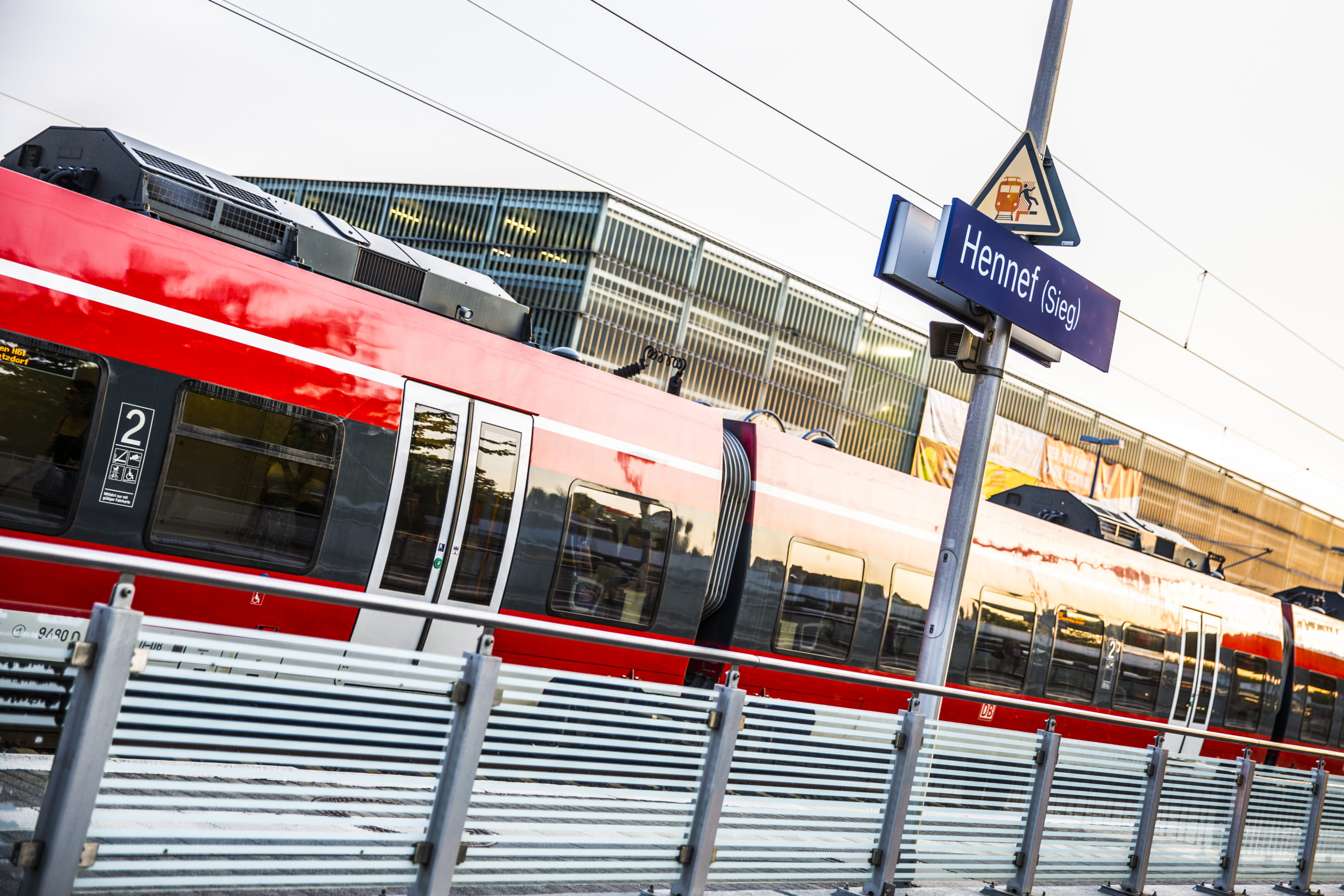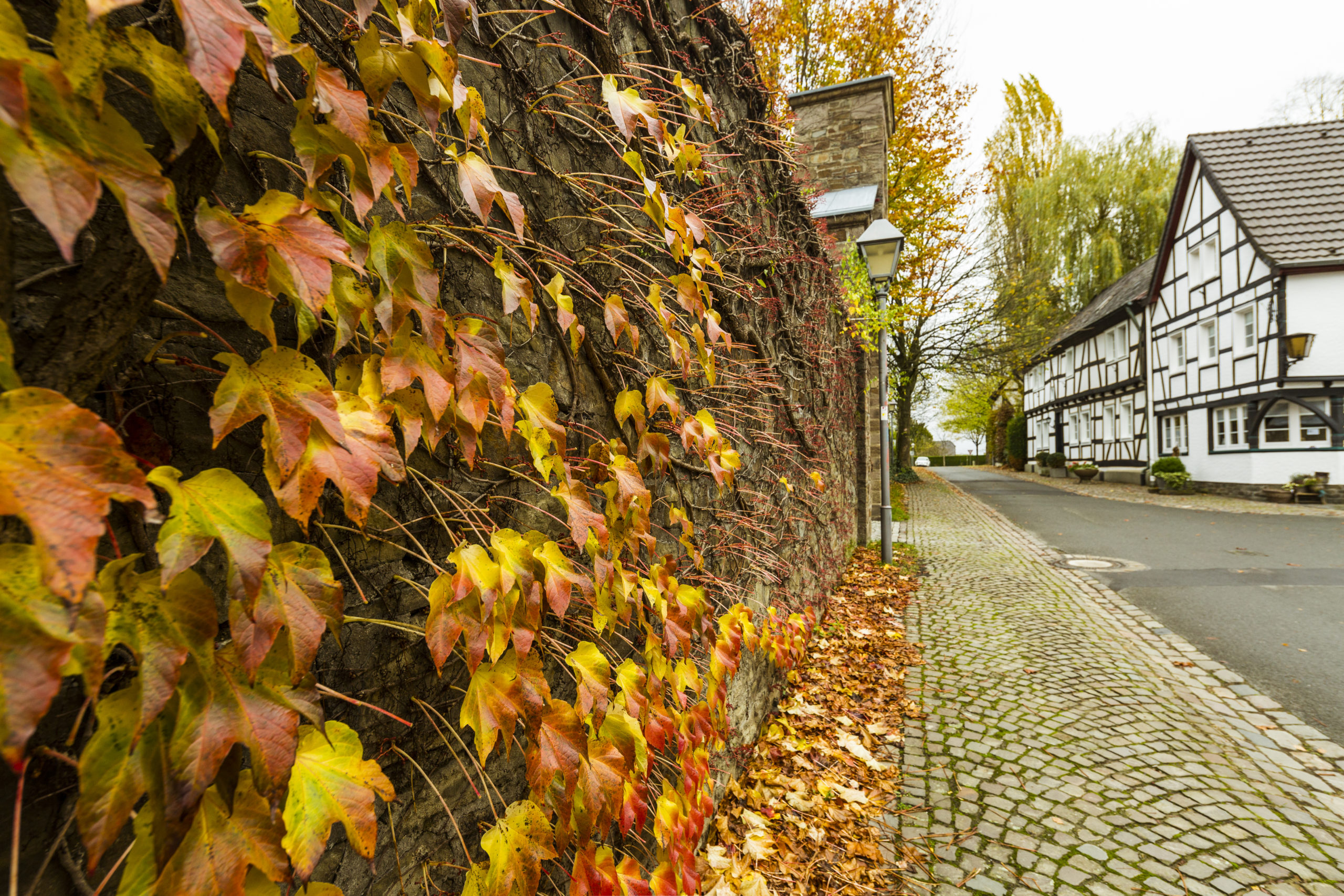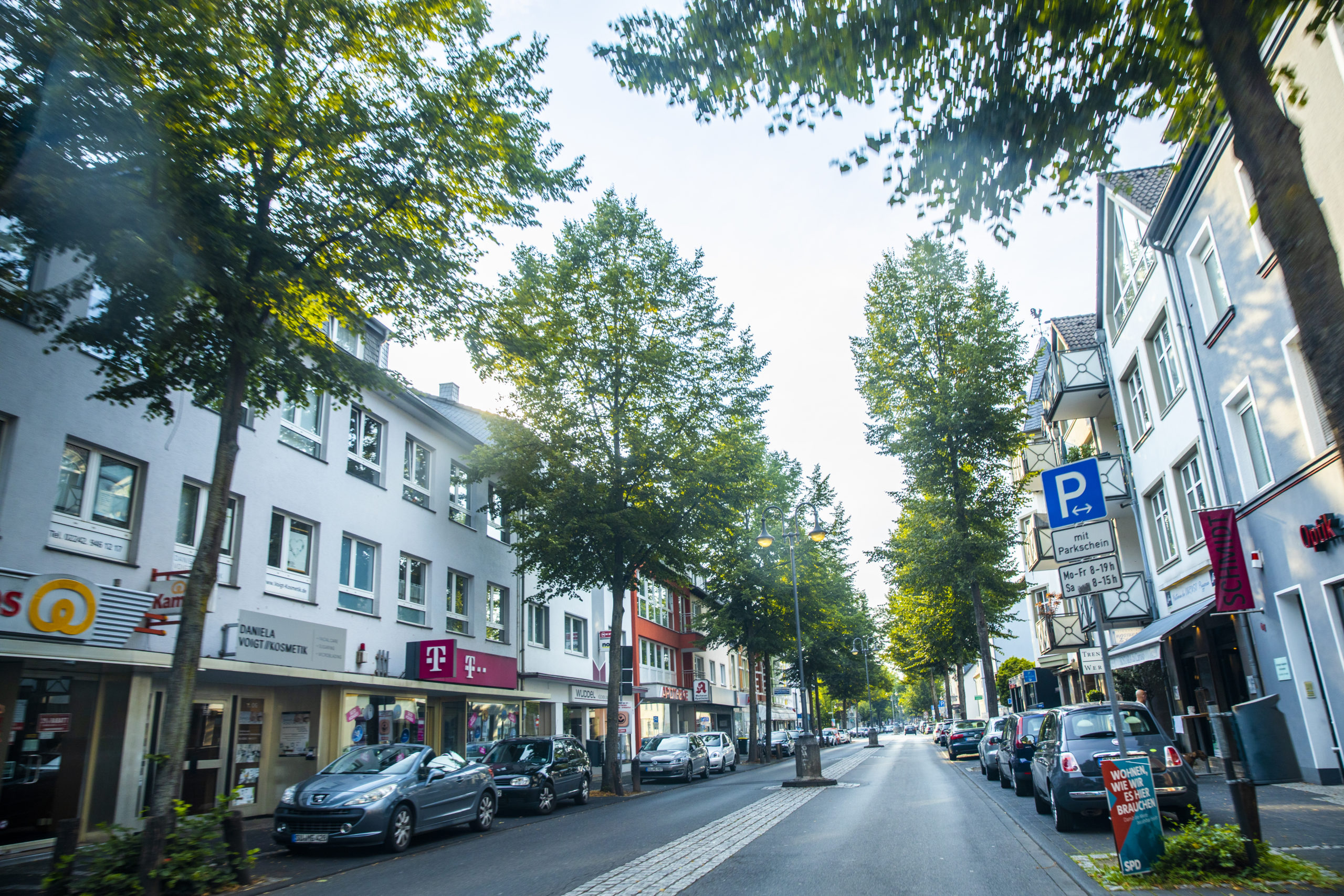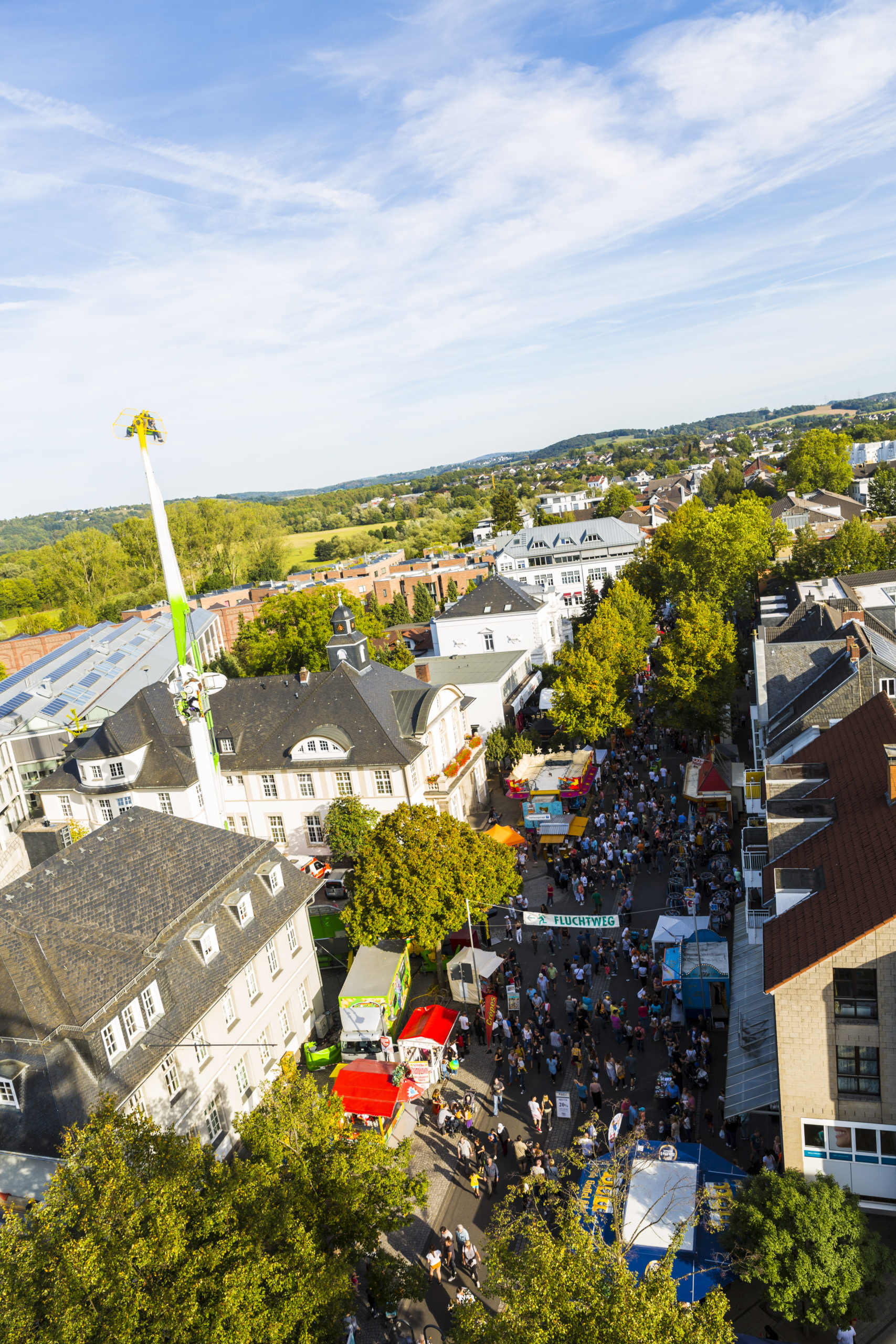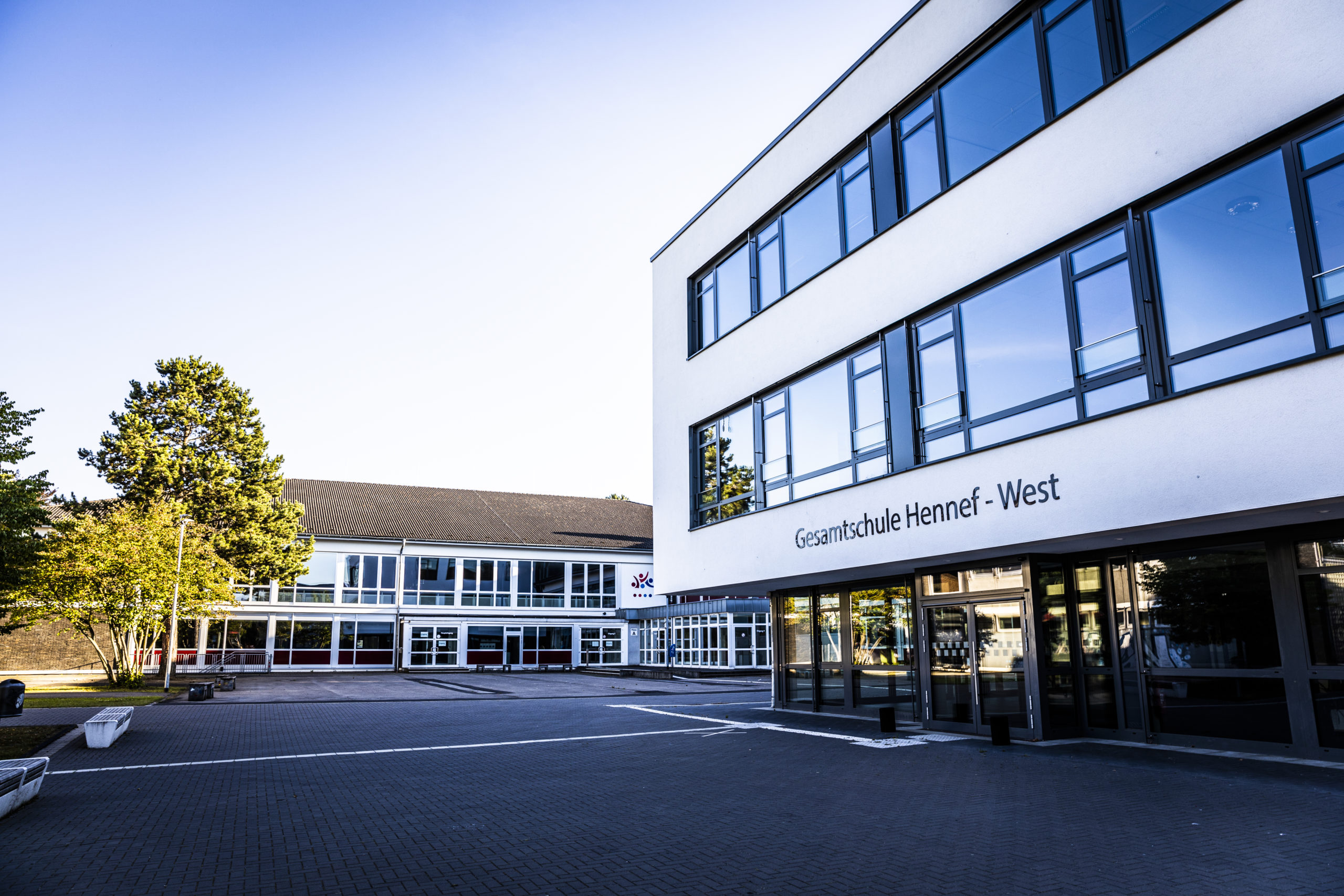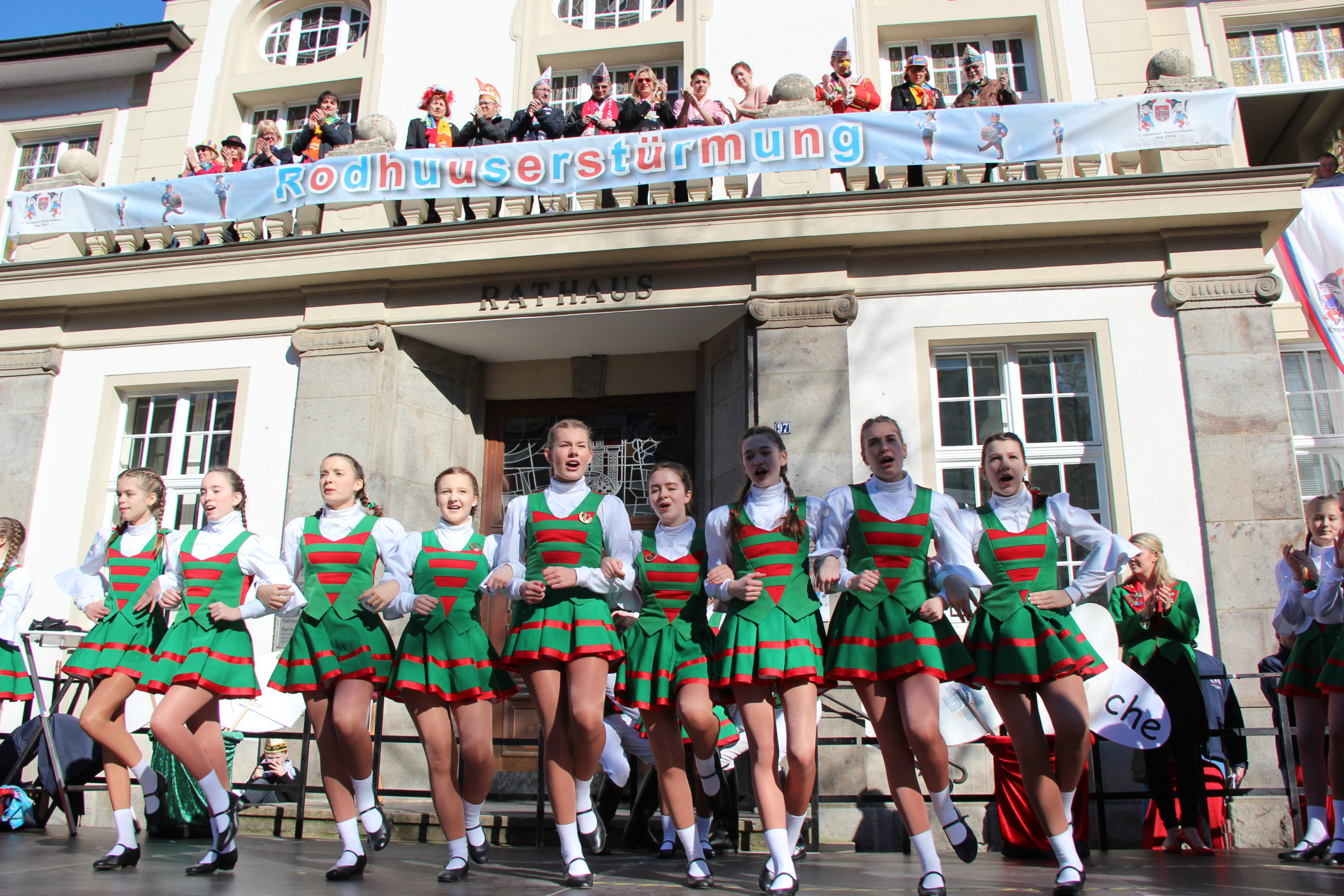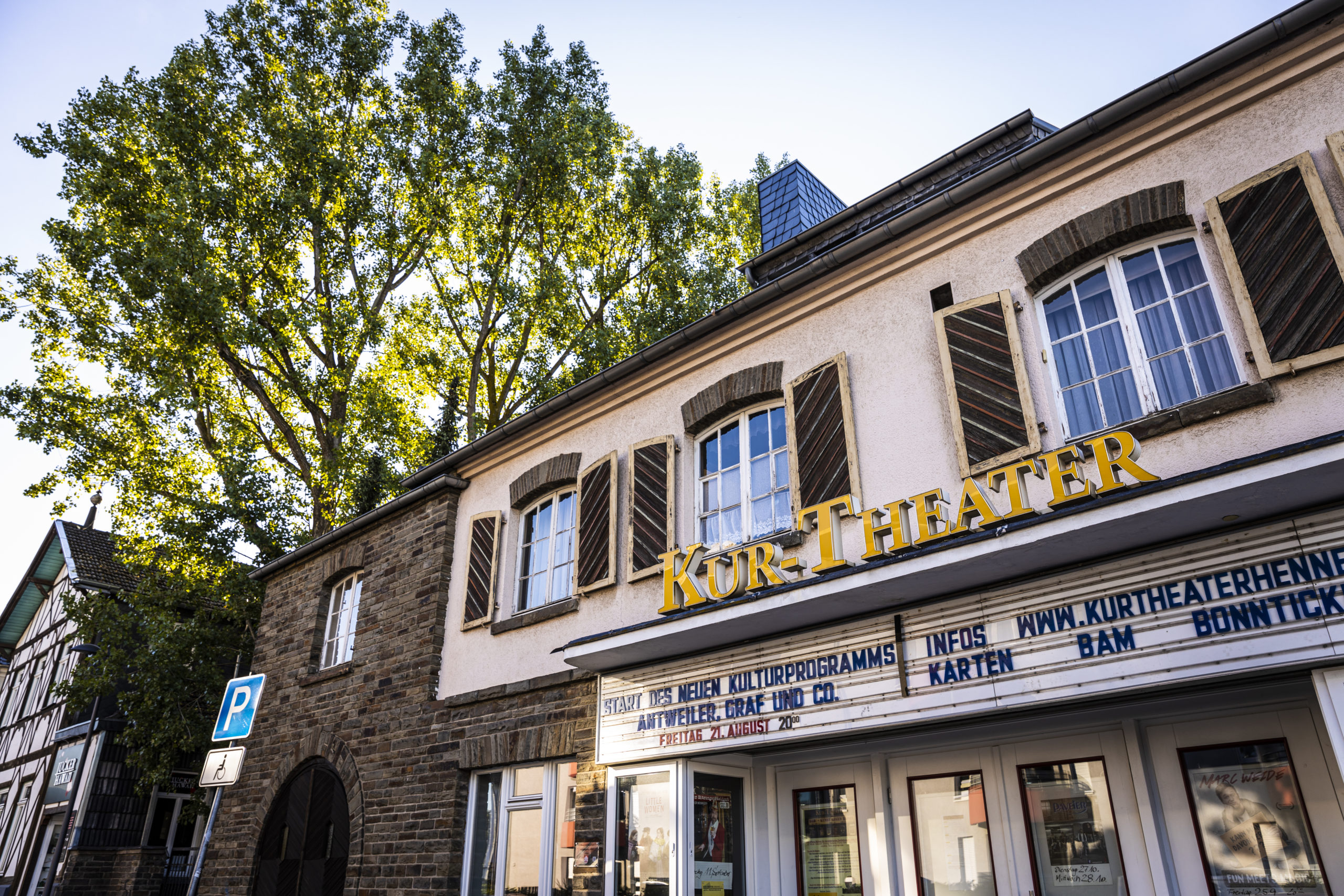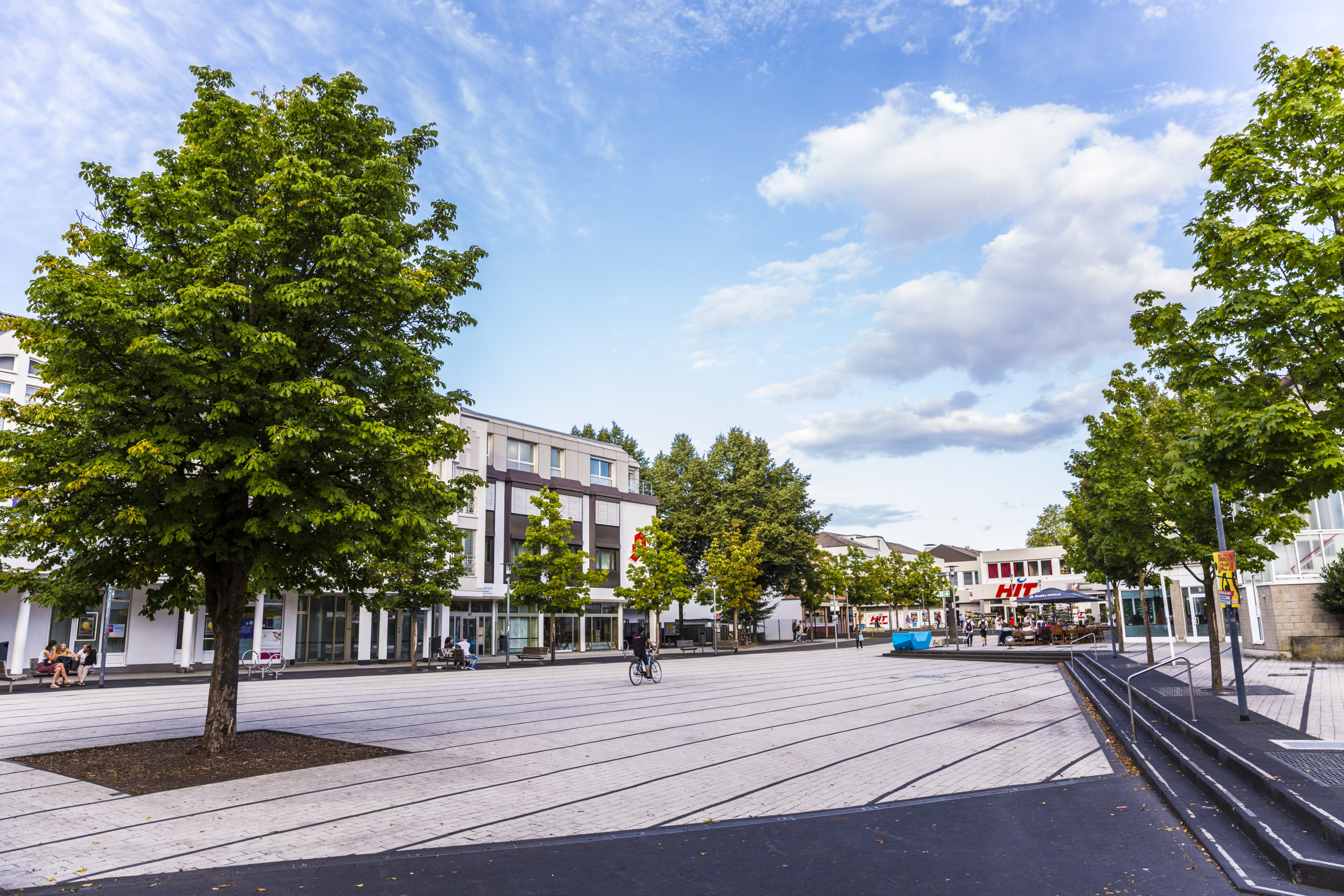Hennef, Germany – Foley’s Sister City
What is a Sister City?
Similar communities from different countries may propose a formal affiliation as “sister cities” or “friendship cities,” sometimes referred to as “twinning towns,” to learn more about each other and to develop friendly and meaningful exchanges. Citizens and organizations in both communities engage in long-term educational, municipal, professional, technical and youth projects of mutual interest, thereby increasing international understanding at all levels of the community.
The sister city program was launched at a 1956 White House conference by President Dwight D. Eisenhower. Hundreds of American cities responded to that call and are continuing to carry out meaningful exchanges in 136 nations around the world.
Why have a Sister City?
A sister city program enables the citizens of both communities to become directly involved in international relations. It enables all who participate to:
- exchange ideas and develop friendships with their counterparts in another culture on a direct, personal basis;
- establish an identity as members of the global family involved in the constructive process of building world peace;
- develop a way for the diverse elements of each community to come together to enjoy and profit from a cooperative program;
- open new dialogues with the people of another culture to find unique solutions to improving the quality of life of all citizens;
- feel they are contributing to international understanding; and
- better understand their own community by interpreting their way of life to the people of another culture.
Why Hennef, Germany
Foley is interested in developing a sister city partnership with Hennef, Germany because of our similar characteristics: population, size, educational institutions, economic industries, many halls, playing fields and clubs for sports (especially soccer), and environmental nature settings. Both cities are rural yet urban and have close connections to surrounding communities with diverse shopping facilities. Foley citizens have personal and family connections within the city of Hennef. The greatest interest for this partnership is in creating educational and cultural exchanges.
Facts About Hennef, Germany
City. Countryside. River. These three terms characterize Hennef in its contrast between the young modern city and its more than 90 villages in an old cultural landscape at the foot of the Siebengebirge, Bergisches Land and Westerwald. Hennef itself has 25,000 inhabitants; with the surrounding areas it becomes 49,000. Covering approximately 105 square kilometers, it is located at the mouth of the Riever Sieg and Rhine Bay, and located near Cologne and Bonn.
City
Hennef has a successful mixture of urban flair and rural idyll. Its many stores can be found in the modern designed marketplace in the center of the city and along the Frankfurter Straße Baroque courtyards. Industrial buildings from the time of the founders bear witness to the town’s lively history. A diverse range of events is held throughout the year. Formerly an independent municipality, Uckerath (population 3,400) is now the town’s second center.
Countryside
Embedded in the hilly wooded landscape of the Siegtal, the city is surrounded by numerous villages. The recreational areas of the Bergisches Land and the Westerwald begin just east of the city at the entrance to the Siegtal, Brölbach and Hanfbach valleys.
River
The connecting element of the region is the river. The Sieg—with its tributaries Bröl and Hanfbach—meanders through picturesque meadows and valleys. Along the Sieg, a well-developed bicycle path leads through the beautiful landscape.
Stadt Blankenberg
The main tourist destination in Hennef is the Stadt Blankenberg castle. The town of Blankenberg takes you back to the Middle Ages with its picturesque half-timbered houses. The town wall and town gates are worth seeing, as well as the local history museum in the Katharinentorturm.
Hiking, local recreation, sports, golf course
Hennef is home to 50 sports clubs with more than 11,000 members, and the Golfclub Rhein-Sieg e.V. is nearby. The spa park in the Geistingen district plays an important role in the area’s outdoor activities. The 200-kilometer Natursteig Sieg hiking trails offer fantastic views of the Siegtal valley as they pass by historic cultural landscapes and monuments such as Allner Castle, the pilgrimage church Zur schmerzhaften Mutter in Bödingen, and Blankenberg Castle and town.
The invention that turned Hennef into an industrial location
The Hennef industrial pioneers Carl Reuther and Eduard Reisert invented the Chronos scale—the first calibratable automatic scale in the world. Its approval by the Kaiserliche Normal-Aichungs-Kommission in Berlin in 1883 marked the first time that an automatic scale was granted legal recognition as a measure of value; until then, goods were weighed by hand. The history of scales is closely linked to the history of Hennef; thus, the invention of the industrially manufactured Chronos scale also marked the beginning of Hennef’s rise as an industrial location.
A special feature
25 million years ago, during the Oligocene epoch, there was a lake where Hennef-Geistingen and Hennef-Rott are today. It was in that area that one of the most important fossil deposits in the world was discovered. A small exhibit in Hennef’s town hall now features dragonfly larvae, leaves, a winged insect, a weevil and the imprint of a fish from that excavation.
Jewish Community Memorial
A memorial to the Jewish community that fell victim to National Socialism can be found in the town hall. A model of the synagogue and the Torah shrine can be seen, and the names of all victims are listed on a board. The foundation walls of the synagogue still stand in the Geistingen district.
German to English
Fabrik – Factory
Marktplatz – Marketplace
Jugendpark – Youth Park
Gesamtschule – Comprehensive School
Straße – Street
Stadtfest – City Festival
Busbahnhof – Bus Station
Zug – Train
Stadtbibliothek – City Library
Stadt – City
Sportschule – Sports School
Rathaus – Town Hall
More Information
- Geographical position: 50°, 46’, 6’’ north latitude; 7°, 17’ east longitude
- 15.44% of the city area is nature reserve
- 61.6% of the city area is landscape protection area
Widest extent of the city area:
- southeast to northwest, approx. 16.35 km
- southwest to northeast, approx. 9.30 km
- Length of the city area border: 60.3 km
Distance to
- the district town Siegburg: approx. 6 km
- Bonn: approx. 15 km
- Cologne: approx. 30 km
- Cologne Bonn Airport: approx. 20 km
- Brussels: 240 km
- Paris: 520 km
- Munich: 550 km
- London: 600 km
- Berlin: 600 km




